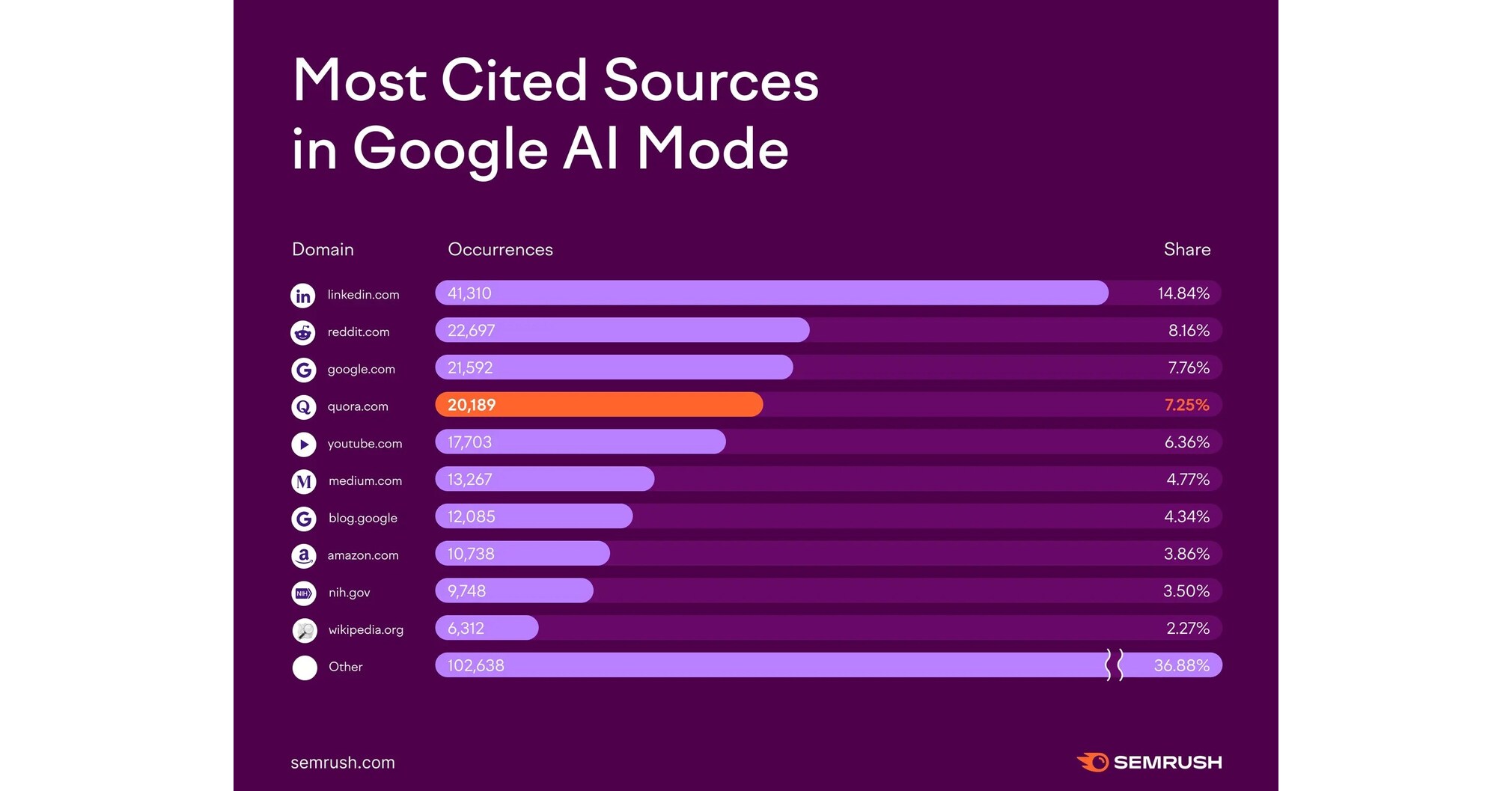Wavy Watch
Max B to Launch the “WAVY” Smart Watch — Releasing the Same Day as His Return to Freedom

Wavy Watch
Max B to Launch the “WAVY” Smart Watch — Releasing the Same Day as His Return to Freedom

Epic Games has officially announced the downtime for update v37.50, which will introduce a lineup of exciting new characters. This update promises to elevate the…

Halfdays, a women’s skiwear brand, announced on Thursday that it raised a $10 million Series A funding round led by apparel manufacturer Kellwood Company with participation from Dick’s Sporting Goods Ventures and the model Taylor Hill.

New Semrush research ranks Quora #4 among Google AI Mode sources, reinforcing its #1 position in AI Overviews.
MUMBAI, India, Oct. 9, 2025 /PRNewswire/ — Quora continues to stand out as a leading source of trusted…

AFG vs BAN: Afghanistan began their three-match ODI series against Bangladesh on a winning note, clinching a five-wicket victory at the Sheikh Zayed Cricket Stadium in Abu Dhabi on Wednesday, October 8. Rashid Khan and Azmatullah Omarzai starred…

Many Americans choose food based on cost and nutrition, but personal values, such as animal welfare and environmental concerns, also shape what ends up on our plates.
Now, researchers at the Gerald J. and Dorothy R. Friedman…

ISLAMABAD: Pakistan’s ruling coalition faced fresh strain on Wednesday…

Guan Xiao: Teenager
Kunsthalle Wien presents the first solo exhibition in Austria by Guan Xiao. Comprising an entirely new body of sculpture and painting, it takes what Guan Xiao describes as an “ambiguous life stage“ as a starting point for…

A recent analysis reveals that older adults with prior incarceration report worse physical and mental health than their peers, even if they were incarcerated in the distant past. The findings are published in the Journal of the…